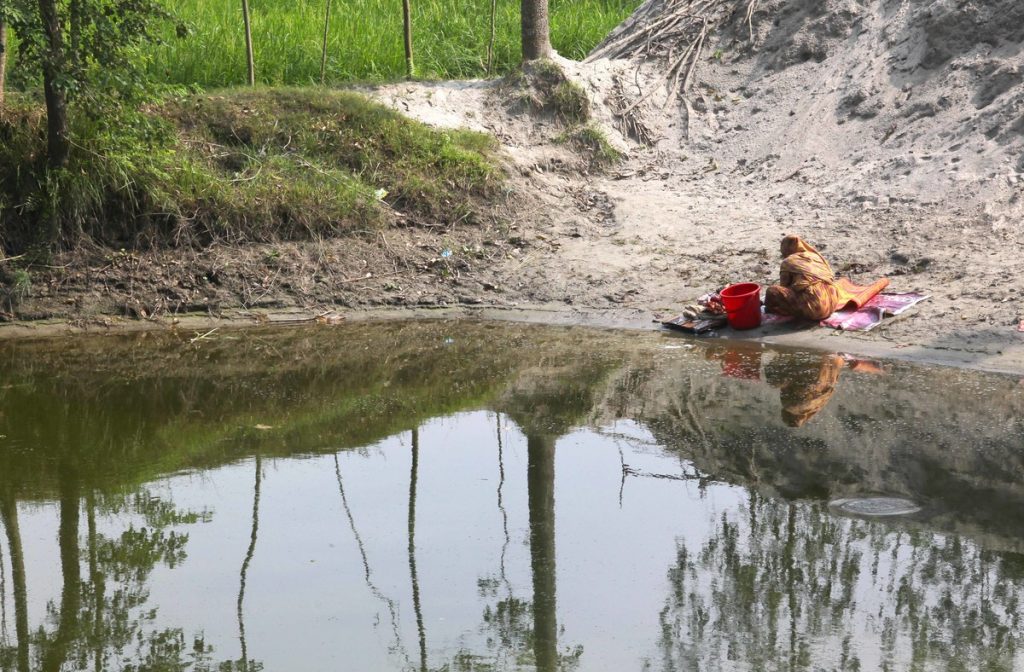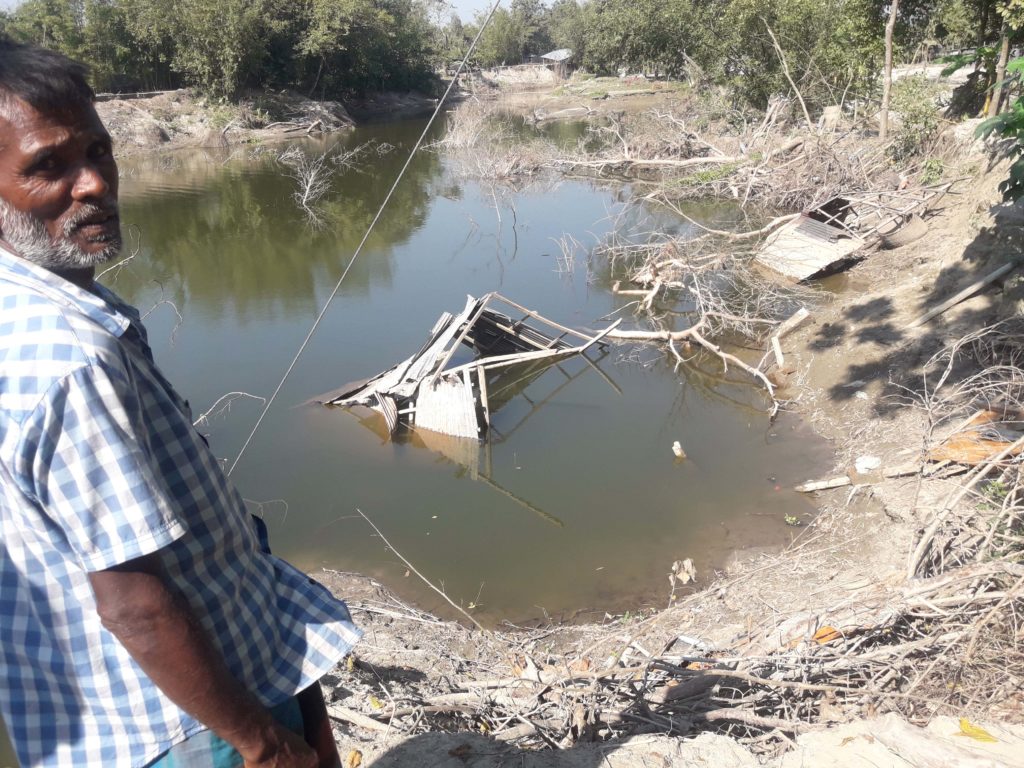Disasters Explained
Learn more about the types of disasters and how each one impacts the people affected.
Floods are among the most common and devastating disasters.
Floods are as destructive as hurricanes, tsunamis and earthquakes, causing huge financial damages and devastating livelihoods.
In fact, the deadliest disaster of the 20th century was the China floods of 1931, which is believed to have killed more than one million people.
Floods destroy homes and devastate whole communities, leaving behind a long and complex trail of destruction.
They can also compromise clean water and increase the risk for water-borne diseases, putting lives at risk long after the flood waters have gone.
Flooding can be extremely damaging – even life-threatening – for communities that experience it.
It can flatten or cause severe damages to land, livestock, homes and infrastructure, leaving vast areas uninhabitable and families homeless and vulnerable.
Rapidly moving water can be extremely powerful and destructive. It can pick up and wash away cars, houses, bridges, and people.
Communications go down, roads are blocked, leaving whole communities trapped in inaccessible villages for days – sometimes with no food or water.
Even after floodwaters recede, risks still remain. The land is often blanketed in silt and mud, making it difficult for families to return to their home.
Flooding can also lead to serious water-borne disease outbreaks.
Water can quickly become contaminated with dangerous materials like untreated sewage, leaving families without safe drinking water.
In Cameroon for example, families like Mairamu’s didn’t have access to clean drinking water. This lead to frequent stomach aches for her and her children. Contaminated drinking water can also lead to the spread of cholera, an infections and sometimes fatal bacteria.
Stagnant water creates a breeding site for mosquitoes. This can increase the spread of insect-borne diseases and the risk of deadly outbreaks such as malaria, West Nile virus, and dengue fever.


Did you know that 90% of all natural disasters are water-related?
A flood happens when water levels rise suddenly, far more than the ground can absorb. Floods are not easy to predict.
Heavy rain, rising sea levels, fast-melting snow or even tsunamis and hurricanes can cause severe flooding.
Families and communities living close to rivers are often the most affected by flooding disasters.
Learn more about the types of disasters and how each one impacts the people affected.
Whether you choose to fundraise, volunteer, or join a challenge, you’ll be helping families caught up in disaster all around the world.
Have a ShelterBox speaker join your Rotary Club meeting, community event, or classroom.